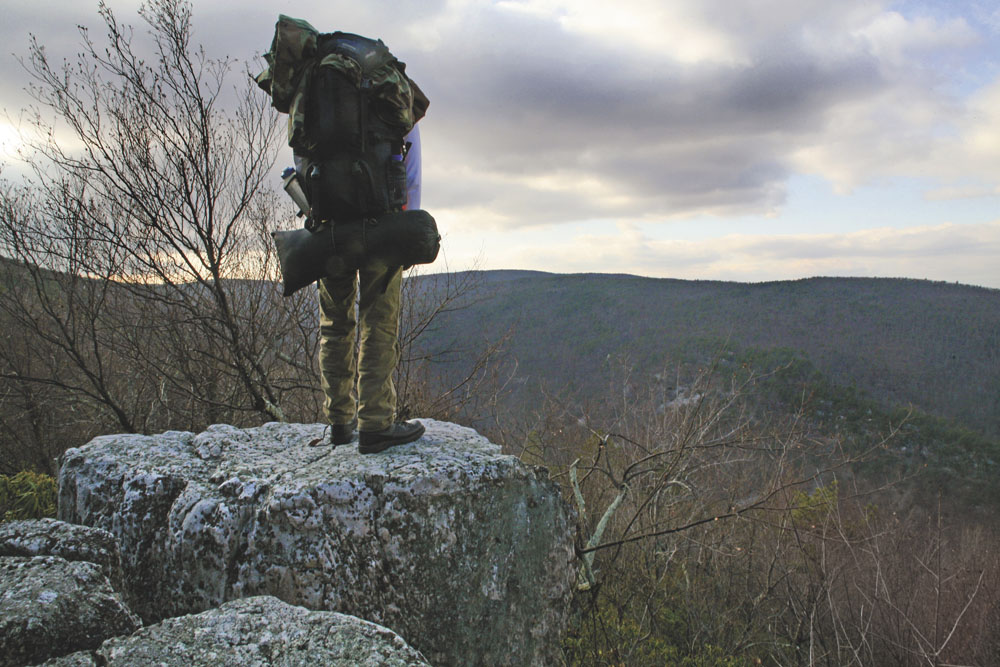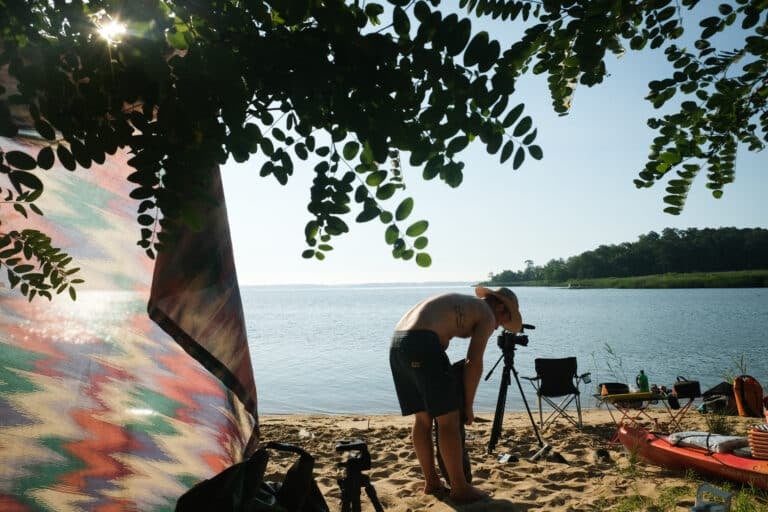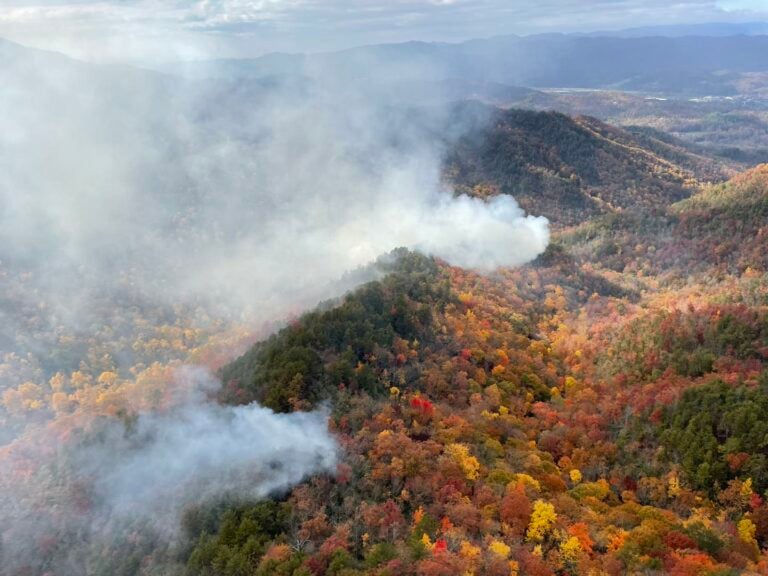Shenandoah Mountain wilderness advocates and mountain bikers seek common ground for the common good.
Shenandoah Mountain—a 73-mile ridge forming the easternmost part of the Allegheny Mountains—is one of the largest tracts of wild land left in the Eastern United States. For years, groups have squabbled over the best way to protect it.
“Shenandoah Mountain is very special,” says Carol Lena Miller, wilderness coordinator for the Virginia Wilderness Committee. “For decades, people have thought that the land needs to be protected.”
 Some like to drive their cars on the paved road to the top of Reddish Knob. Mountain bikers ride Shenandoah’s epic downhill singletrack. And wilderness advocates consider the high-elevation wildlands to have critical ecological significance. Protecting Shenandoah Mountain headwaters also ensures healthy drinking water for millions in the Shenandoah Valley below.
Some like to drive their cars on the paved road to the top of Reddish Knob. Mountain bikers ride Shenandoah’s epic downhill singletrack. And wilderness advocates consider the high-elevation wildlands to have critical ecological significance. Protecting Shenandoah Mountain headwaters also ensures healthy drinking water for millions in the Shenandoah Valley below.
“The wilderness issue has such a drastic effect on the mountain biking community,” says Thomas Jenkins, a mountain biker and bike shop owner in Harrisonburg. “Whenever there is trail loss, there is an issue.”
But last year, the different user groups came together to create Friends of Shenandoah Mountain. Together, they have drafted a new proposal for Shenandoah Mountain that Miller calls “a good compromise.” The proposal recommends that 130,000 acres be designated a national scenic area, which is open to biking and most other forms of recreation. Within the scenic area, several smaller core areas will receive wilderness designation, which prevents road building and other development and also prohibits mountain biking.
“One misconception is that we want to deny people access, but we have no interest in closing the existing roads,” Miller said. “We’re hoping to protect the best areas while we still can.”
The proposal has been endorsed by hunters, birdwatchers, restaurants owners, faith groups, horseback riding and trail clubs, as well as national organizations like the Sierra Club and the National Wildlife Foundation. The group’s diversity can be seen in its leadership: the co-chairs are mountain bike shop owner Thomas Jenkins and Lynn Cameron, a backpacker and conservationist.
“Cameron approached the mountain bike community early on and we started a process to try to educate and help facilitate communication,” Jenkins said. “I’d be lying if I didn’t say it was a challenge, but what we came up with was the only agreement that both sides could be comfortable with.”
The compromise was not without pain. With the agreed-upon boundaries, mountain bikers are giving up ten precious miles of trails to a wilderness designation.
“Sometimes I wake up at night wondering if we did the right thing,” said Jenkins, who says people still approach him with disbelief that he is cooperating on a wilderness proposal. “But then I think we stand to see more get destroyed through poor management.”

Likewise, wilderness advocates are uneasy about sacrificing sensitive ecological lands.
“It is a compromise, but if we had not worked together we would have gotten nowhere. We would get no wilderness at all,” says Cameron, who, like Jenkins, encounters fellow conservationists who see the compromise as a defeat. “The areas that are roadless and the wildest will be preserved. We were successful in protecting the most precious and most outstanding places.”
Cameron adds that surrounding the wilderness areas with a national scenic area will provide an insulation that “makes the wilderness seem more wild.”
The group’s unity is based on the realization that they face a common threat. Federally owned forest lands have scant protections from commercial exploitation, logging, and poor management practices.
“The mountain biking community doesn’t have the resources to go after a big protection proposal. Pulling together other user groups is the only way it will happen,” says Jenkins. “You need to have a seat at the table. Unless you are there and a part of the process, you have no one to blame except yourself.”
Success in protecting the mountain is still a distant goal. An act of Congress will be necessary to usher the Shenandoah Mountain proposal into law. But Friends of Shenandoah Mountain are confident that its united voice will be heard.







